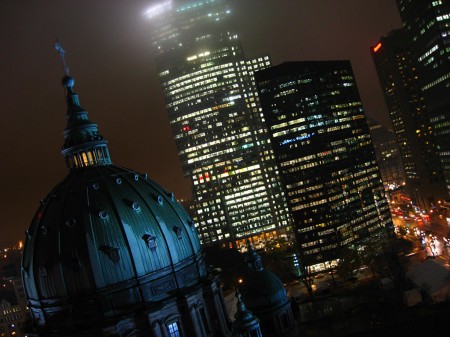Research conducted by Kees Keizer of the University of Groningen has demonstrated that the willingness of people to litter and steal increases when they are in disorderly surroundings. When experimental subjects were exposed to law- or rule-breaking, they were significantly more willing to litter, trespass, and steal. This is suggestive of how even relatively subtle cues in our surroundings and the behaviour of other people can affect our behaviour, perhaps in ways we aren’t consciously aware of.
One could certainly theorize about the social and evolutionary roles of such behaviour. When an individual is in an orderly situation, the costs associated with rule-breaking may be higher. It is clearer that they are making an individual contribution to the problem, and the absence of other violations suggests that enforcement exists and is effective. Conversely, those surrounded by disorder often have more of a need to fend for themselves, as well as less of a risk of being singled out and punished.
It would be quite interesting to see this kind of research extended, and some of its conclusions used to create new policies. The kind of harmful anti-social activities that could theoretically be combated seem very numerous: from the corruption of government officials to insider theft in the workplace to the dumping of toxic materials in parks or bodies of water. While this study provides no direct evidence that modifying the environments in which people find themselves can alter their behaviour, it does seem plausible and worth looking into.





